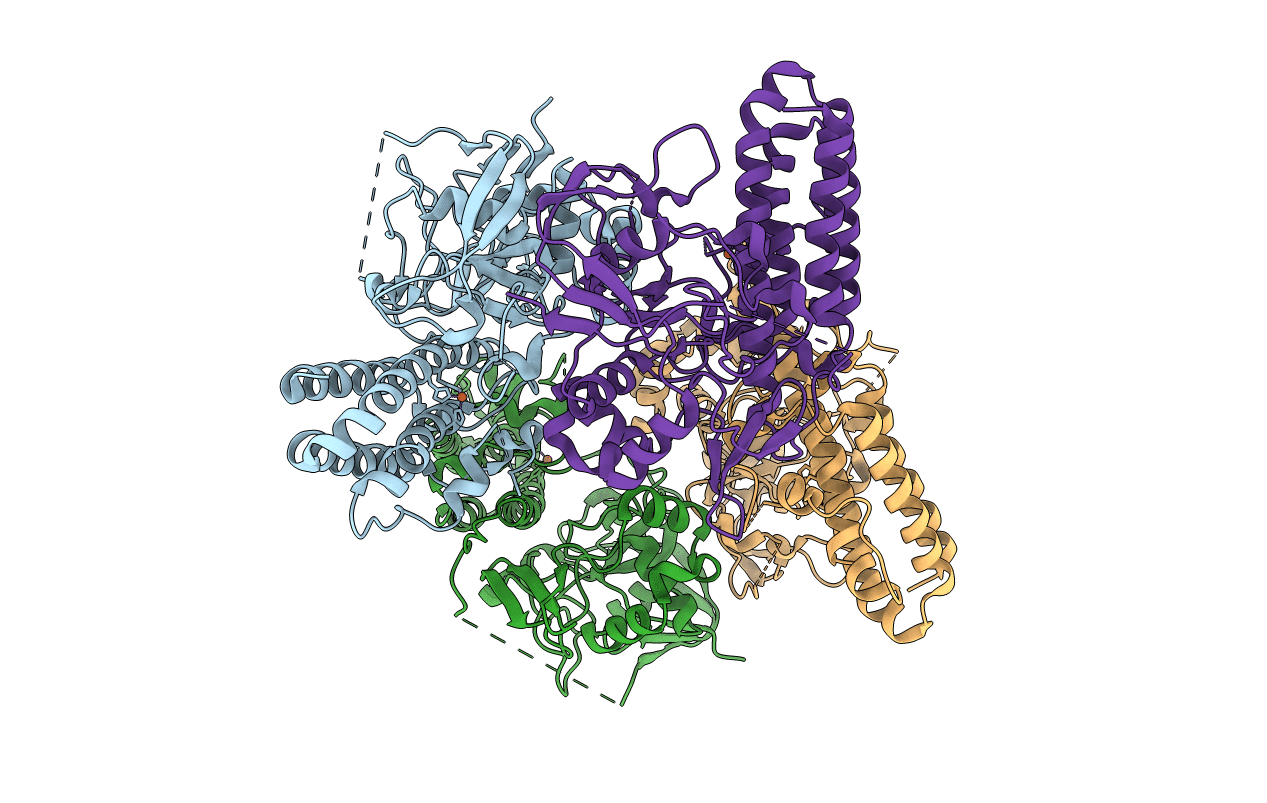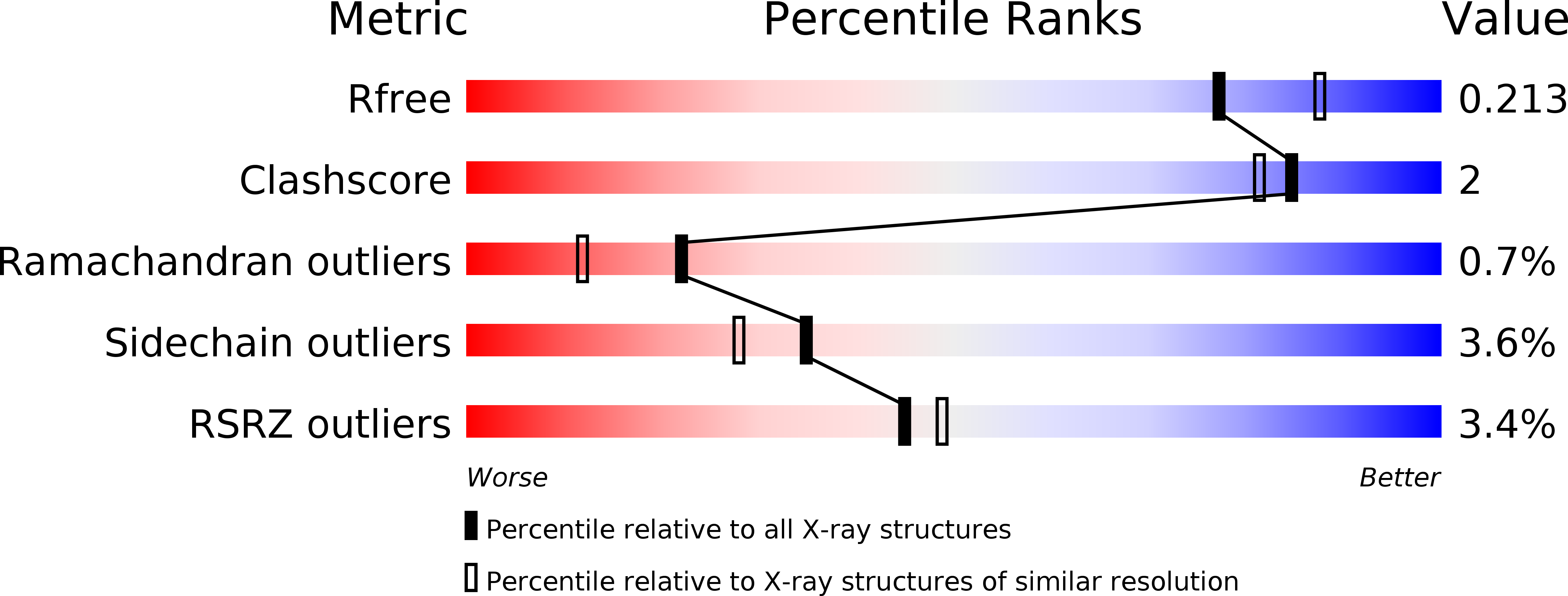
Deposition Date
2019-01-29
Release Date
2019-03-27
Last Version Date
2024-05-15
Entry Detail
PDB ID:
6QKI
Keywords:
Title:
Native structure of EgtB from Chloracidobacterium thermophilum, a type II sulfoxide synthase
Biological Source:
Source Organism:
Chloracidobacterium thermophilum (strain B) (Taxon ID: 981222)
Host Organism:
Method Details:
Experimental Method:
Resolution:
2.04 Å
R-Value Free:
0.24
R-Value Work:
0.20
R-Value Observed:
0.21
Space Group:
P 1 21 1


